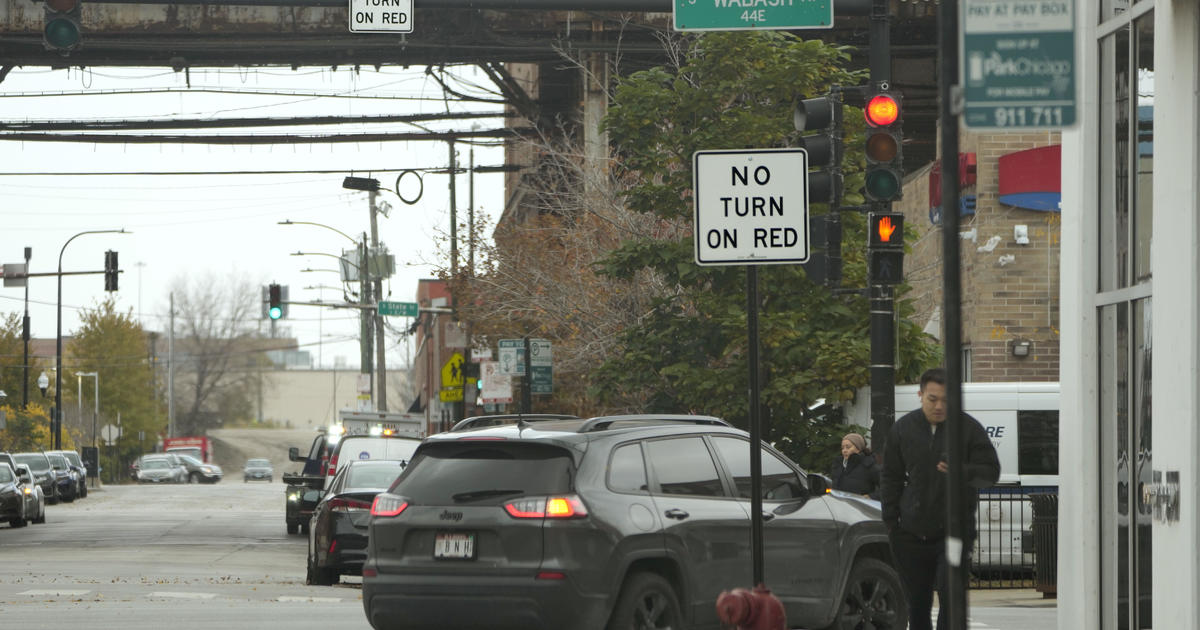Sophee Langerman was on her way to a bicycle safety rally in Chicago’s Lakeview neighborhood in June when a car turning right rolled through a red light and slammed into her bike, which she was walking off the curb and into the crosswalk.
The car was moving slowly enough that Langerman escaped serious injury, but the bicycle required extensive repairs. To Langerman, it’s another argument for ending a practice that almost all U.S. cities have embraced for decades: the legal prerogative for a driver to turn right after stopping at a red light.
A dramatic rise in accidents killing or injuring pedestrians and bicyclists has led to a myriad of policy and infrastructure changes, but moves to ban right on red have drawn some of the most intense sentiments on both sides.
Washington, D.C.'s City Council last year approved a right-on-red ban that takes effect in 2025. New Chicago Mayor Brandon Johnson’s transition plan called for “restricting right turns on red,” but his administration hasn’t provided specifics. The college town of Ann Arbor, Michigan, now prohibits right turns at red lights in the downtown area.



More infrastructure for cars = even more cars on the road, as simple as that.
You want to fix a gridlocked city with awful traffic? You start taking lanes out and making them exclusive for public transport, and you build big sidewalks and a cycling lane. Now you can get where you want to go in 10 minutes using public transport or bike, or you can sat in traffic for an hour - magically, you’ll see traffic getting better and less cars on the road.
It’s not as if this is some mistery - it has been done in many cities around the world and it works. The alternative is the american way, “just add one more lane”, and you guys live with the results.
I think there’s a lack of understanding on just how differently American and European cities are structured. Unless you’re in the Northeast, cities aren’t densely packed. They’re broad and sprawling. This is especially true of mid sized cities. Housing is typically far from businesses. A 10 minute bike ride would barely get me out of the neighborhood, and I’d still have aways to go before a major road.
On the other hand, I biked around campus in college and took the bus system all the time. I didn’t need a car for my day to day.
Public transit is a real challenge for us. There’s no easy answer. Our cities just aren’t structured for it. And I don’t think there’s a public transit model yet that could totally replace cars for us.